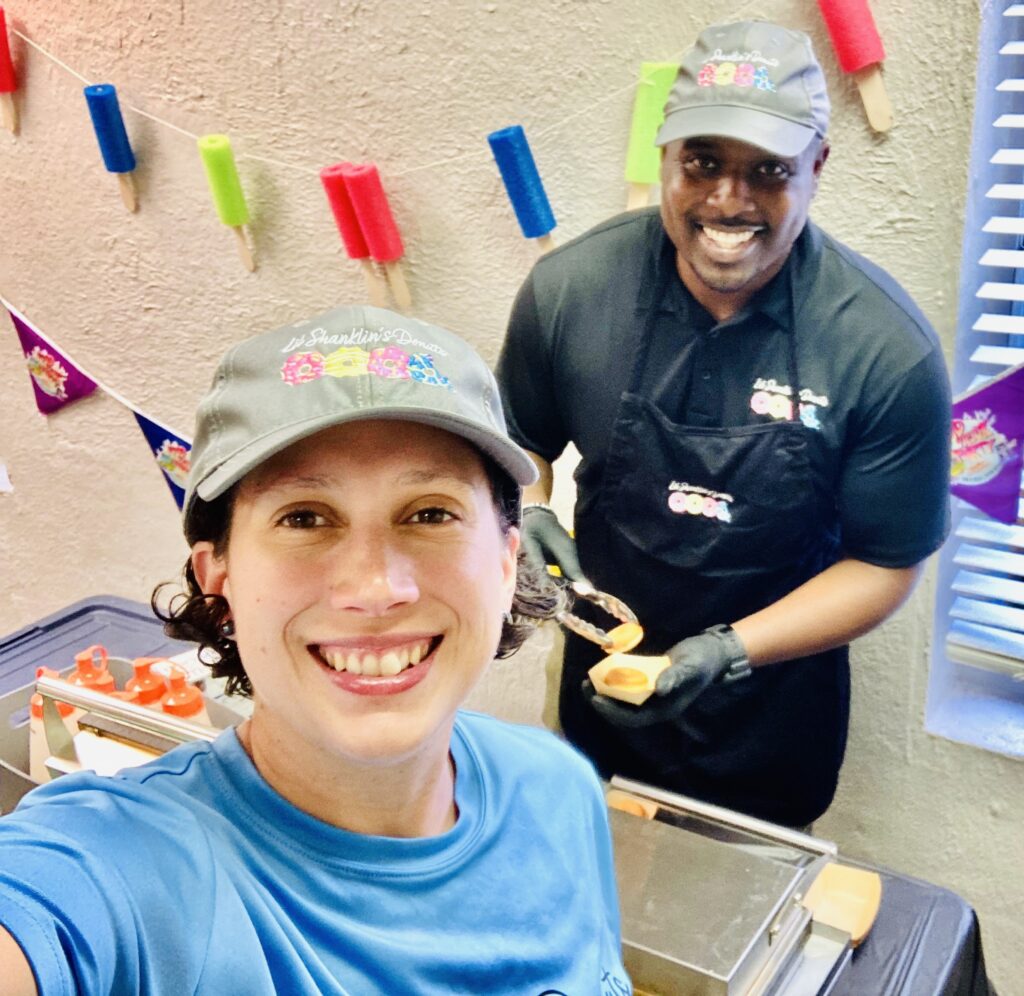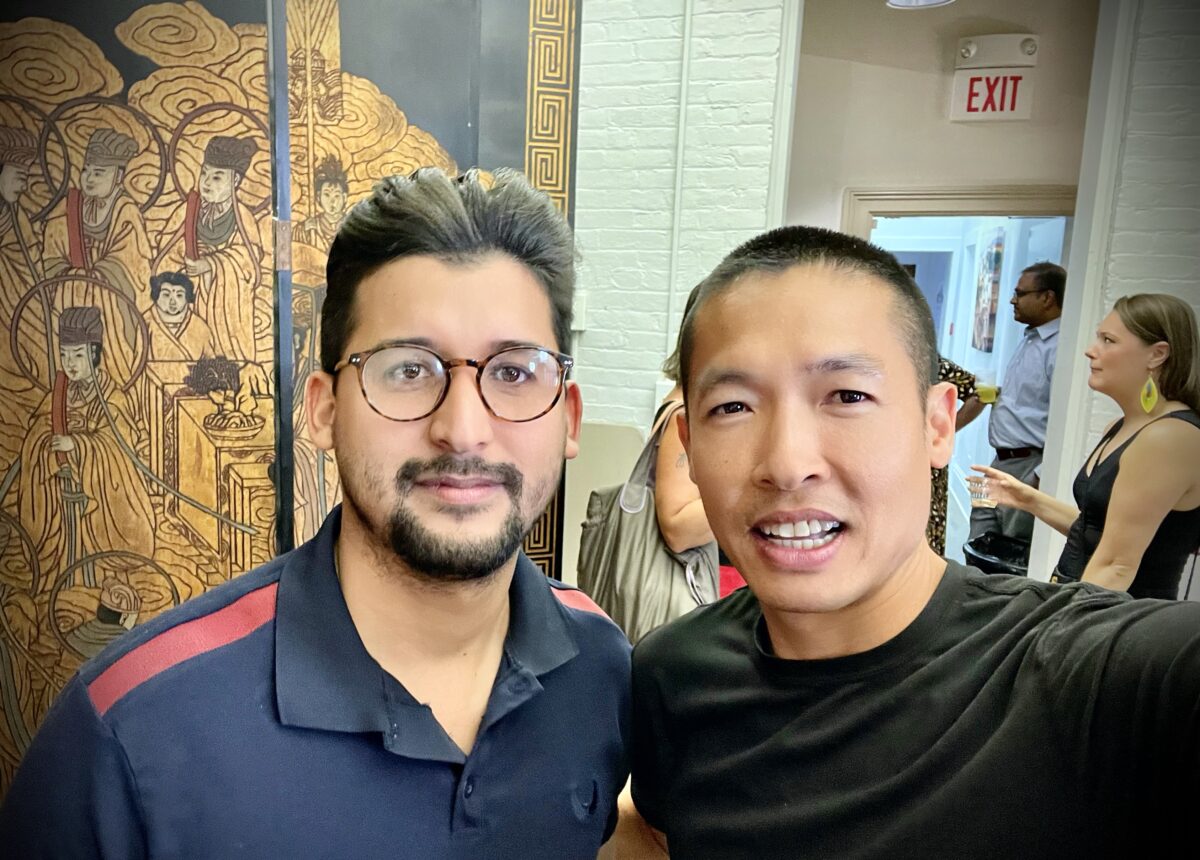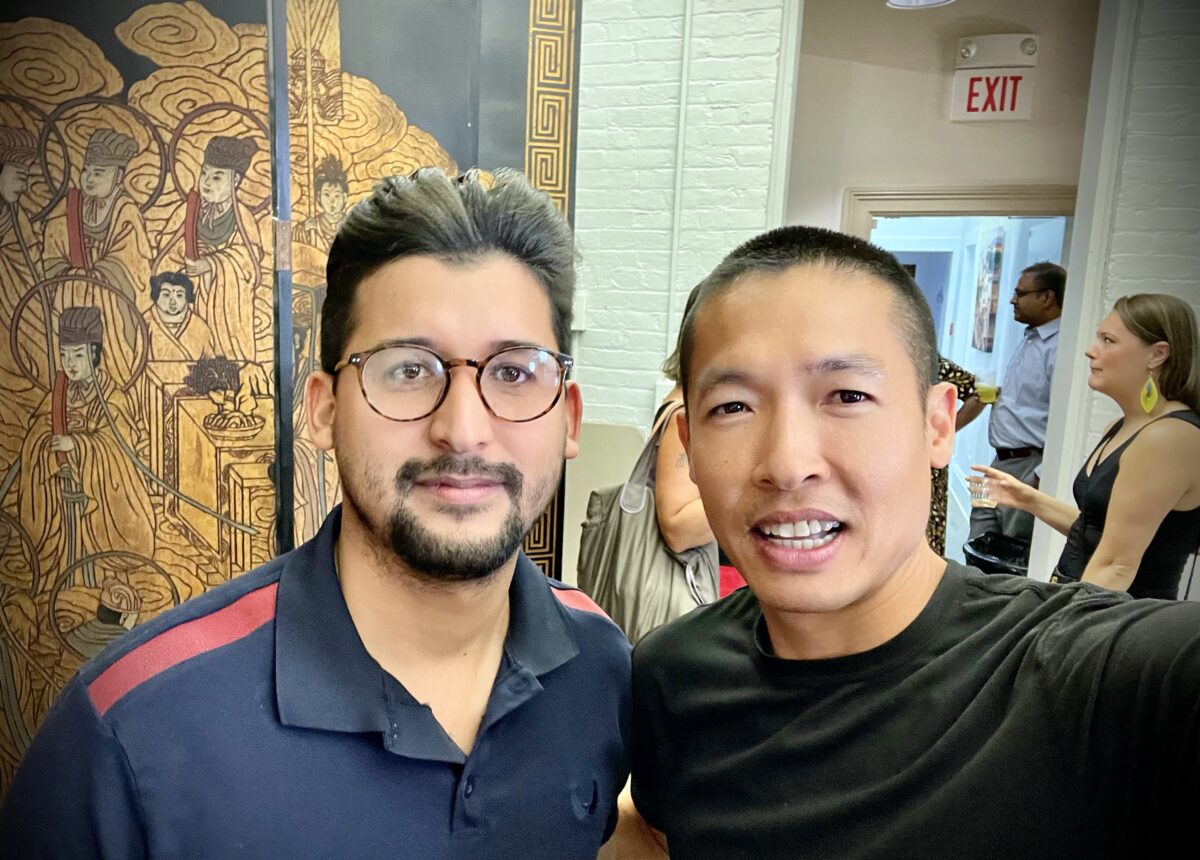A good donut can indeed transform an ordinary day into an extraordinary one – a sentiment shared by many, including Di Tran, the president of New American Business Association Inc. His recent interest was piqued by Lil Shanklin’s Donuts, a vibrant and promising venture by Gaby Shanklin, which with his endorsement, shows immense potential to become a regular feature at Louisville Beauty Academy.
Gaby Shanklin, a passionate baker since her teenage years, has always been fascinated by the art of baking. Her early entrepreneurial journey began by creating Latin desserts, selling homemade treats to friends and family. However, it was her discovery of mini donuts during the 2020 pandemic that truly ignited her business journey and led to the birth of Lil Shanklin’s Donuts.

Lil Shanklin’s Donuts, a home-based/mobile donut shop, specializes in delightfully creative mini donuts for every occasion. It is her ability to infuse joy into each piece that has caught the eye of many, including Di Tran. Recognizing the unique potential in Gaby’s venture, Tran foresees a promising future for these mini marvels.
With Tran’s endorsement, there is growing anticipation that Lil Shanklin’s Donuts could soon become a regular feature at the Louisville Beauty Academy. This venture would provide staff, students, and visitors with a delicious, bite-sized pick-me-up, perfect for those busy days of learning and creativity.
From vending events to the Jeffersonville Farmers Market and private event catering, Lil Shanklin’s Donuts has been delighting people with its charming presence. With the potential opportunity at Louisville Beauty Academy, it is set to expand its reach further.

Di Tran’s support underscores what Gaby’s loyal customers already knew – her mini donuts are a culinary marvel, both in terms of their aesthetic appeal and their scrumptious taste. A small but mighty delight, Gaby Shanklin’s mini donuts are proof that size does not define taste, and every little piece can offer a sizable amount of joy.

As Gaby prepares to potentially enter this new chapter with Louisville Beauty Academy, she carries with her the shared sentiment of all those who have tried her mini donuts: amazement at just how good a donut can look, and taste! The success story of Lil Shanklin’s Donuts serves as a testament to the idea that, with passion, creativity, and a little help from unexpected quarters, a simple donut can become a symbol of joy, success, and community spirit.





















